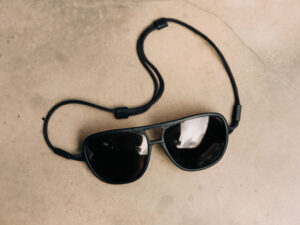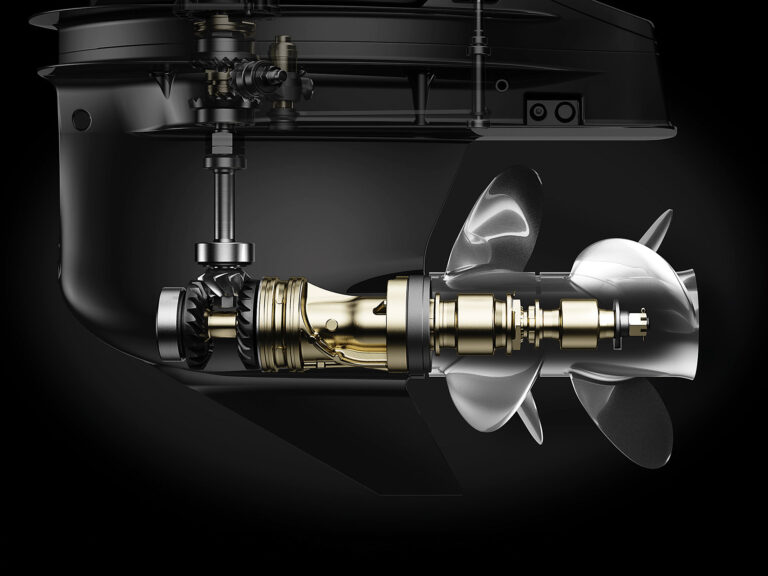
At some point in the life cycle of a boat owner’s relationship with his boat, he (or she) will want to apply wax to the fiberglass hull. Waxing a boat is not a simple process. If you’re a first-timer, or someone whose buffing prowess falls short of professional detailer level, here are a few tips we gleaned from Mike Pennington of Meguiar’s on the right tool to use, and also what not to do.
The Right Tools for Buffing a Boat
Most people have seen a professional use a rotating buffer that spins in circles at high revolutions. These are heavier and produce a lot of power to handle. “If you don’t know what you’re doing, you can do a lot of damage or even injure yourself,” Pennington says.
An orbital buffer is safer because it vibrates only back and forth, but Pennington cautions it is only good for applying a thin layer of wax.
For the at-home DIY enthusiast, Pennington recommends a dual-action boat polisher for boats, which both oscillates and rotates, making it a lot safer and easier to operate. It is much lighter, and also less likely to damage graphics or protruding hardware, but also far faster than working just by hand.
Dual-Action Polishers for Boats
For most boaters interested in polishing a boat with a buffer, Pennington recommends a polisher that attaches to a power drill, such as Meguiar’s DA Power System. It comes with three types of 4-inch pads: a more aggressive pad for compound work, a soft pad for waxing and a middle-ground pad for one-step compounding and polishing.
For more advanced DIY boat detailing, Pennington recommends a dedicated dual-action polisher such as Meguiar’s Professional DA MT300. Porter-Cable and Shurhold also make dual-action polishers. Dedicated polishers up the power as well as the size of the pads from 4 inches to 5 to 7 inches.
Waxing A Boat
You can do the process in two steps — first use a compound to buff the gelcoat and rid it of chalky oxidation and other markings. Then apply a wax to protect the hull and make it shine. Or, you can do both steps at once with a multipurpose cleaner wax — these are generally regarded as not as effective but are perfectly fine for boat finishes that are still in good shape.
Whatever product you choose, start by applying a dime-size dollop on the buffer pad, and then place the pad firmly against the hull. Turn on the buffer and work it in an overlapping 3-by-3-foot section of the boat, and then turn it off and start the process again. Wipe it clean with a microfiber towel and your boat should look showroom-new.
Tips for How Not to Buff Your Boat
1. Don’t start or stop the buffer unless the pad is pushing firmly against the surface. Otherwise, you’ll shoot the product all over the place.
2. Don’t use too much of the product. If you apply it too thickly, the pad will not be able to do its job but will skid across the gelcoat like a hydroplaning car.
3. Don’t apply to soft, clear plastics. This is not the thing to use on clear enclosures.
4. Don’t nick the PVC rub rail. It will definitely leave a mark. Tape off the edges as needed.
5. Don’t press too hard against decals and special lettering such as gold leaf. Work lightly around those areas to avoid tearing the decals.
6. Don’t throw out the pads. You can run them through your washing machine and reuse them whenever necessary.









